Reconnaissance of potentially habitable worlds with Webb
Wednesday, 05 June 2024 19:20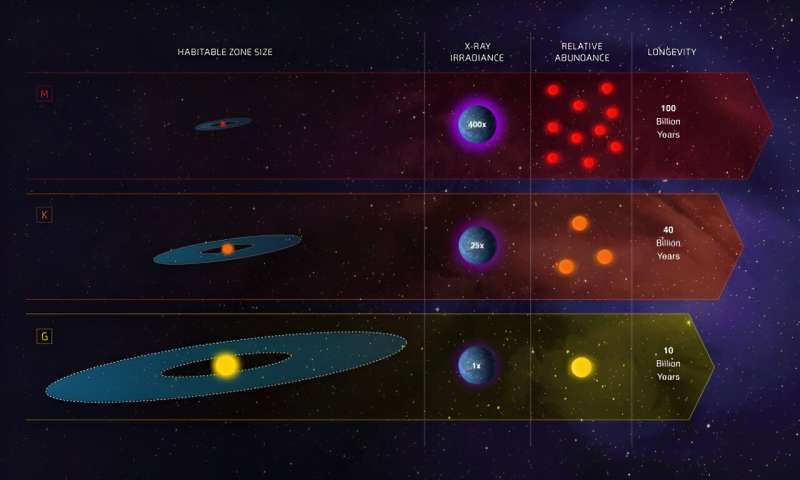
Webinar: U.S. – Japan Perspectives on Space Sustainability
Wednesday, 05 June 2024 19:06
What to know about Boeing's first spaceflight carrying NASA astronauts
Wednesday, 05 June 2024 18:23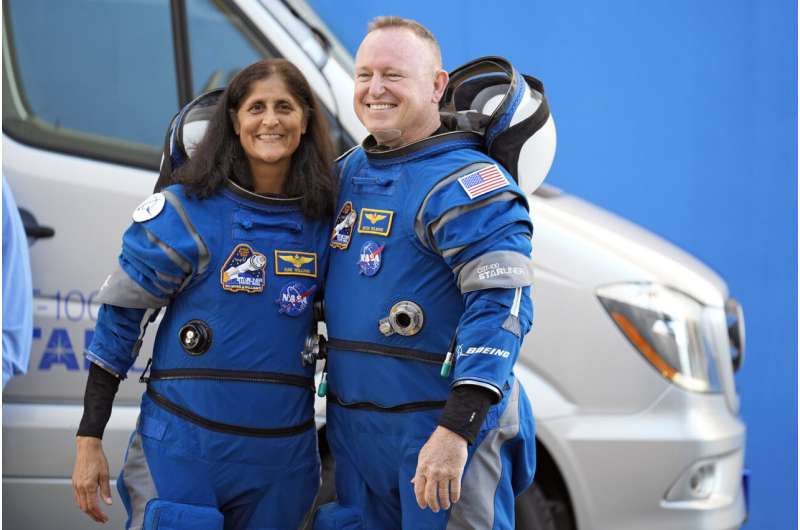
NASA astronauts practice next giant leap for Artemis
Wednesday, 05 June 2024 16:02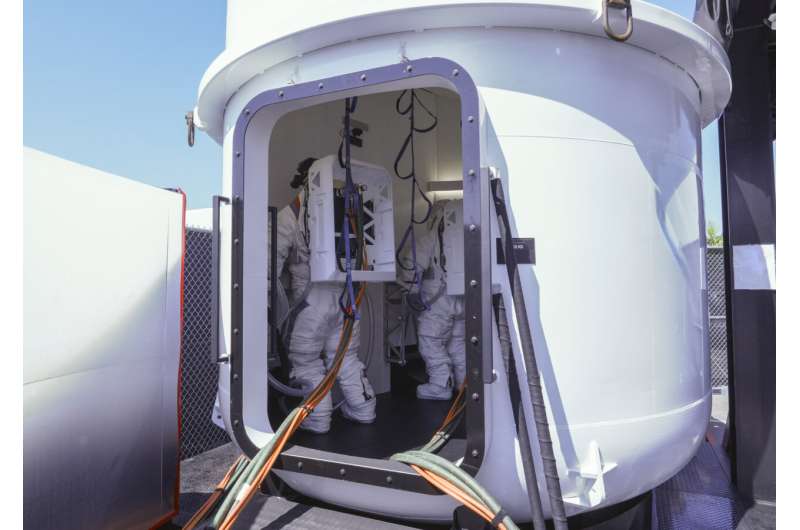
The physics remain the same, but the rockets, spacecraft, landers, and spacesuits are new as NASA and its industry partners prepare for Artemis astronauts to walk on the moon for the first time since 1972.
NASA astronaut Doug "Wheels" Wheelock and Axiom Space astronaut Peggy Whitson put on spacesuits, developed by Axiom Space, to interact with and evaluate full-scale developmental hardware of SpaceX's Starship HLS (Human Landing System) that will be used for landing humans on the moon under Artemis. The test, conducted April 30, marked the first time astronauts in pressurized spacesuits interacted with a test version of Starship HLS hardware.
NASA has a new database to predict meteoroid hazards for spaceflight
Wednesday, 05 June 2024 15:43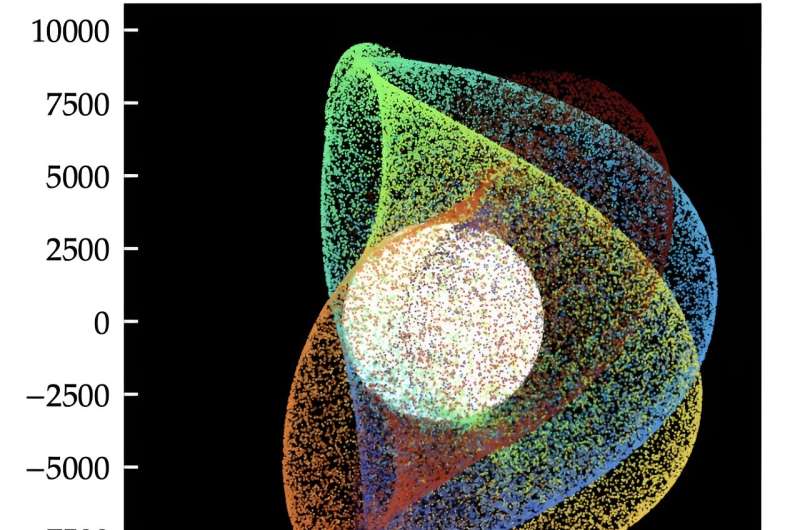
There are plenty of problems that spacecraft designers have to consider. Getting smacked in the sensitive parts by a rock is just one of them, but it is a very important one.
A micrometeoroid hitting the wrong part of the spacecraft could jeopardize an entire mission, and the years of work it took to get to the point where the mission was actually in space in the first place.
But even if the engineers who design spacecraft know about this risk, how is it best to avoid them? A new programming library from research at NASA could help.
Admittedly, engineers already have a tool for this purpose. NASA's Meteoroid Engineering Model (MEM) allows them to plug in a planned trajectory for their spacecraft and receive an output that defines where and from which direction they are likely to encounter micrometeoroids.
Firefly inks multi-launch deal with Lockheed Martin for Alpha rocket rides
Wednesday, 05 June 2024 15:11

Boeing launches NASA astronauts for the first time after years of delays
Wednesday, 05 June 2024 14:51
Boeing launched astronauts for the first time Wednesday, belatedly joining SpaceX as a second taxi service for NASA.
A pair of NASA test pilots blasted off aboard Boeing's Starliner capsule for the International Space Station, the first to fly the new spacecraft.
The trip by Butch Wilmore and Suni Williams was expected to take 25 hours, with an arrival Thursday.
Ariane 6 first flight payloads moved to the encapsulation hall
Wednesday, 05 June 2024 14:17 Image:
Ariane 6 first flight payloads moved to the encapsulation hall
Image:
Ariane 6 first flight payloads moved to the encapsulation hall A Russian cosmonaut becomes the first person to spend 1,000 days in space
Wednesday, 05 June 2024 12:41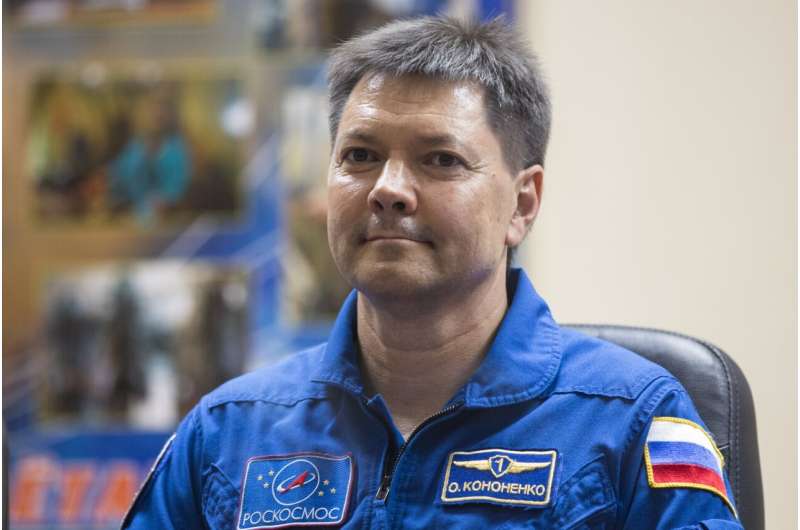
Uncontrolled reentry of space debris poses a real and growing threat
Wednesday, 05 June 2024 12:00
Liftoff, finally: Boeing Starliner launches first crew on third try
Wednesday, 05 June 2024 11:43 Boeing on Wednesday launched its very first astronauts bound for the International Space Station aboard a Starliner capsule, which joins a select club of spacecraft to carry humans beyond Earth. The third time turned out to be the charm for the aerospace giant, after two previous bids to fly with crew were aborted late into the countdown, for technical reasons.
Boeing on Wednesday launched its very first astronauts bound for the International Space Station aboard a Starliner capsule, which joins a select club of spacecraft to carry humans beyond Earth. The third time turned out to be the charm for the aerospace giant, after two previous bids to fly with crew were aborted late into the countdown, for technical reasons. 




